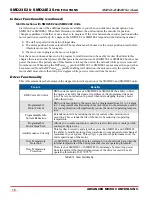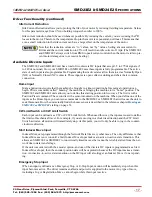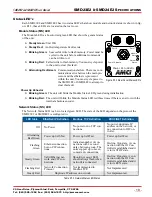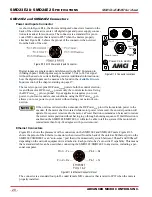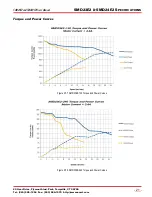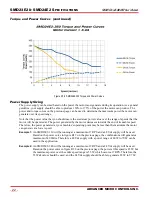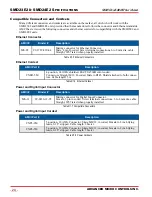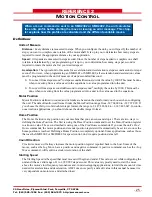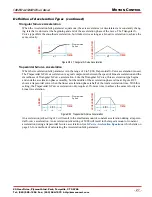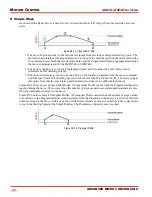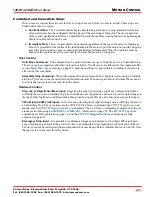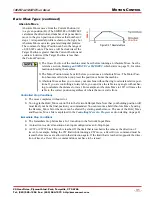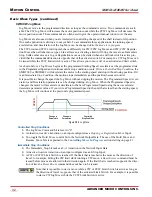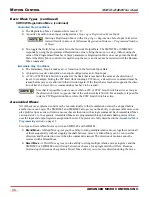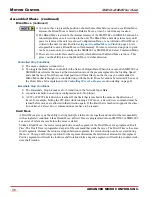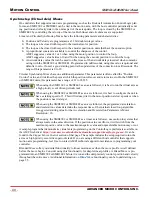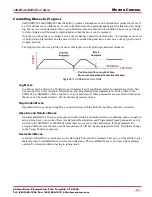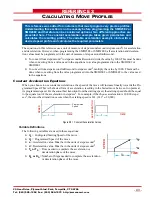
M
OTION
C
ONTROL
SMD23E2 and SMD24E2 User’s Manual
ADVANCED MICRO CONTROLS INC.
30
Basic Move Types
Relative Move
Relative Moves move an offset number of steps (n)
from the Current Position (A). A trapezoidal profile is
shown to the right, but Relative Moves can also gener-
ate triangular profiles. The command’s Target Position
is the move’s offset. The offset can be in the range of
±8,388,607 counts. Positive offsets will result in
clockwise moves, while negative offsets result in
counter-clockwise moves.
1) You do not have to preset the position or home the machine before you can use a Relative
Moves. That is, the Position_Invalid status bit can be set.
2) Relative Moves allow you to move your machine without having to calculate absolute posi-
tions. If you are indexing a rotary table, you can preform a relative move of 30° multiple
times without recalculating new target positions in your controller. If you perform the same
action with Absolute Moves, you would have to calculate your 30° position followed by
your 60° position, followed by your 90° position, etc.
Relative Moves can be brought to a Controlled Stop by using the Hold Move Command from your host con-
troller. When the command is accepted, the axis will immediately decelerate at the programmed rate and stop.
When stopped successfully, the SMD23E2 or SMD24E2 will set an
In_Hold_State
bit in the input data table.
The Relative Move can be restarted with the Resume Move command from the host controller or the move
can be aborted by starting another move. The Resume Move command allows you to change the move’s Pro-
grammed Speed, Acceleration Value and Type, and the Deceleration Value and Type. The Target Position
cannot be changed with the Resume Move Command.
Controlled Stop Conditions
The move completes without error.
You toggle the Hold_Move control bit in the Network Output Data. Note that your holding position will
most likely not be the final position you commanded. You can resume a held Relative Move by using
the Resume Move command. The use of the Hold_Move and Resume_Move bits is further explained in
the
Immediate Stop Conditions
The Immediate Stop bit makes a 0
1 transition in the Network Output Data.
An inactive-to-active transition on an input configured as an E-Stop Input.
A CW or CWW Limit Switch is reached. If the limit that is reached is the same as the direction of
travel, for example, hitting the CW limit while running a CW move, a
Reset Errors
command must be
issued before moves are allowed in that direction again. If the limit that is reached is opposite the direc-
tion of travel, a
Reset Errors
command does not have to be issued.
SP
E
E
D
POSITION
A
A+n
Figure R2.6 Relative Move

